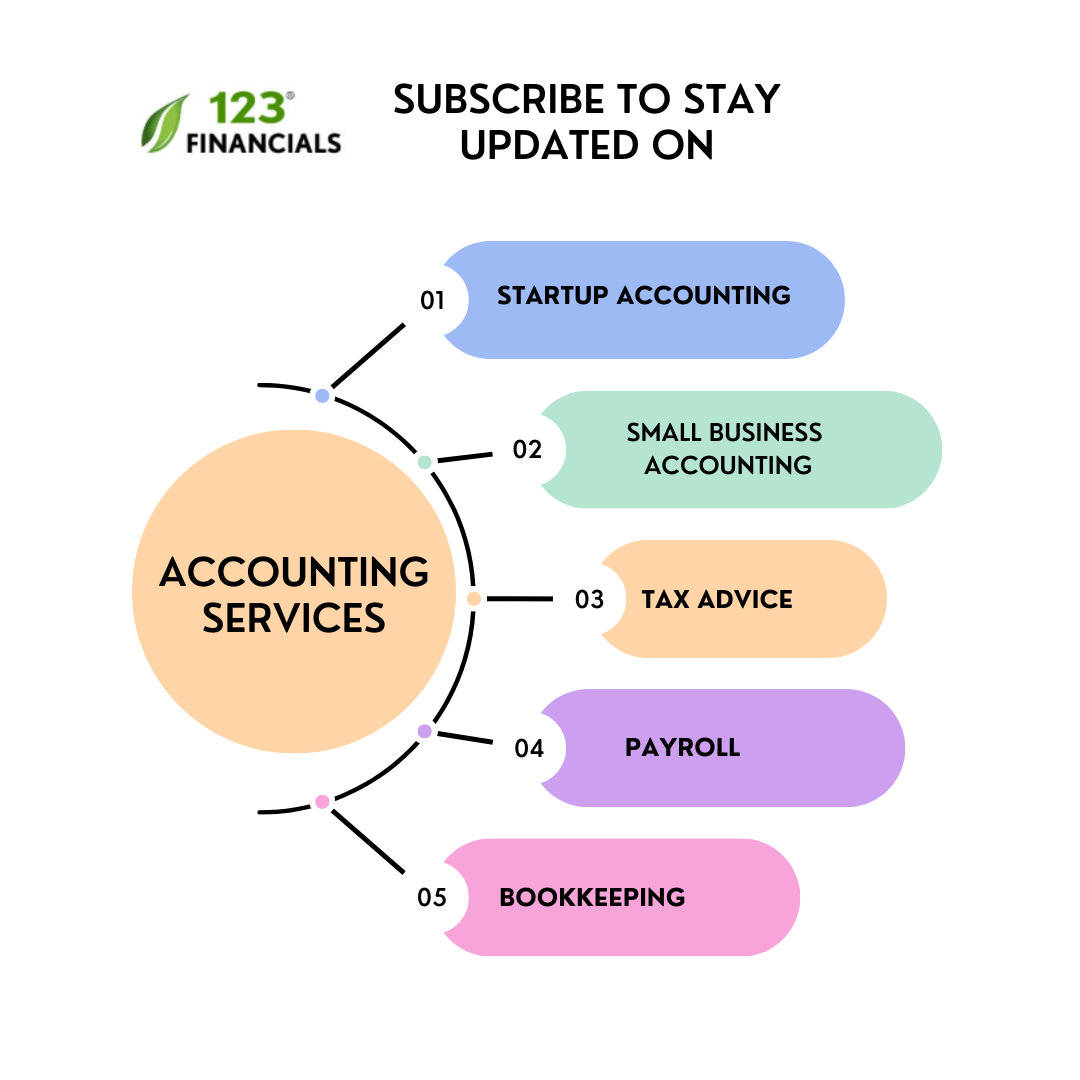Many of us have successfully discovered the enthusiastic entrepreneur within us, arranged for funds, started a venture, fine-tuned the resources, and earned satisfying profits.
Eventually, the business growth curve flattened, and the net return and profit seemed stagnant.
Start-ups and small business units are having a hard time, and it is essential to reinvigorate their growth and gear up their business activities.
Companies possessing small business accountants are not ready to take abrupt moves involving high risks and funds.
The bitter truth is that if you do not take any action to revitalize your accounts, the cut-throat competition will scrabble down your sales, and your profits will start decreasing.
You don’t need to get intimated if your business growth reaches a cease point; instead, you must figure out some strategies to boost your business performance.
Hire small business accountants
Work with a UK-based accountant for tax, accounting, payroll, & EIS/ SEIS needs.
Table of contents
- How can a feasible growth strategy assist a small business?
- Six Growth Strategies for a Small Business
- Summing up
How can a feasible growth strategy assist a small business?
We know that a few businesses usually have limited funds due to small business accounts.
Therefore, the strategy being implemented must be fully-proof and involve minimal risk. Quite often, the stakeholders tend to focus on maximizing the revenue.
Instead of accelerating revenue generation, more attention should be given to scale-ups. Focusing on a particular aspect often helps achieve increased resource allocation and production.
Six Growth Strategies for a Small Business
1. Adopting Unconventional Sales Channels
Old-school sales strategies such as hoardings, newspaper advertisements, news channel announcements, television or radio advertisements, and public transport posters no longer optimise your marketing budget.
They might increase sales, but the return on capital employed may not be optimal.
Nowadays, everything is being digitalized. Hence, we must leverage online channels such as:
- Create a digital marketing team for e-mail marketing, blogs, and social media handles which should be specific and customised.
- Create and maintain profiles on social media platforms and stay active. You can post updates about any new product, and go for cross-promotions, collaborations, and giveaways to engage audiences.
- Actively participate in virtual forums related to your business or niche.
- Participate in trade fares and target potential customers.
- Look out for people and entrepreneurs from the same field and go for arranging podcasts or live events.
- You might organize quizzes or games virtually and give some goodies for brand promotion.
2. Market Penetration
Market penetration strategy is a straightforward yet influential strategy for business growth. It intends to increase the market share of pre-existing products or to launch a service or product in the market.
This includes techniques such as:
- Offering discounts on products and services to attract more customers.
- Organizing sales and combo offers to increase the sales
- Providing coupon codes to customers that can be redeemed on the next purchase.
- Offer heavy discounts on bulk orders to clear competition.
- Launching small trial packs or free trial sessions seasonally.
In the beginning, reducing prices might seem unappealing, but it will assist in achieving the company’s short-term expansion goals. If you aren’t ready to launch new products, you can converge your focus on promoting your home products.
3. Retaining the existing customers
When targeting new customers, you must not forget the existing ones. Do not offer too many sign-up or new user offers, and forget about your customer base.
Always focus on retaining your customers. You can do this by uniquely marketing the usual products.
Sales and marketing returns will increase if you can retain your previous customers while seeking new ones.
4. Market Segmentation
Market segmentation is yet another effective small business growth strategy.
Despite considering your customers to be uniform or clubbing them into a single group, you can segregate them and the target market based on certain factors such as order history, hobbies, customer preferences, geographical locations, behavioral attributes, and other characteristics.
Such segregation allows you to split the target market into segments. You can classify based on the following characteristics:
- Behavioral
- Psychographic
- Geographic
- Firmographic
- Demographic
Market segmentation helps you in carrying out detailed studies of the market and organising personalised campaigns.
These specific programs will lead to a higher rate of success. You might collect information by analysing feedback surveys, order history, and billing information available to you.
You may even go for a CRM (Customer relationship management) tool to achieve better results in a shorter time.
5. Acquisitions and Joint Ventures
Collaboration, acquisitions, or joint ventures with other viable businesses are often excellent strategies for small business growth.
Considering your business domain, partnerships may benefit you with additional resources regarding human resources, skilled labor, equipment, or contemporary technology. Otherwise, it can also be a joint venture in which both companies mutually benefit by increasing their sales without competing.
For example, carpenters, electricians, and plumbers may develop a joint venture to help one another attain a more extensive customer base by serving as home or office maintenance units as a combined service.
Consumers will also be benefited as usually these services are needed simultaneously, and they can save both time and money. This initiative will bridge the gap between the three services and eliminate service delays.
6. Innovation and Diversification
You must ensure your product is unique and stands out among its competitors. Be vigilant; you need to check out all the products of similar kinds in the market.
If the product appears to be the same, you need to work on the packaging or offer combo deals. You must review the customer reviews and ratings and take their suggestions for improvement.
Always include a review and feedback window in your production lifecycle.
For example, You might notice that some people prefer plastic packing over glass bottles or body lotions with a dispenser have a higher demand as they are spill-free.
You must study the audience and develop effective, innovative ideas.
Hire small business accountants
Work with a UK-based accountant for tax, accounting, payroll, & EIS/ SEIS needs.
Summing up
Developing strategies for small business growth is a dicey concept. Therefore, we have created this guide to give you a helping hand.
You can try to teach all six or any of the strategies mentioned above to boost your business revenue in the upcoming months.
Even amidst the pandemic, you can achieve a great hike in profits, create a significant impact on the market, increase your production rate and outshine all your competitors.
You need to gear up and adopt a viable business growth strategy. The scalability and kind of your business don’t matter; if you can get a more comprehensive picture of the market, you can devise workable strategies.

















